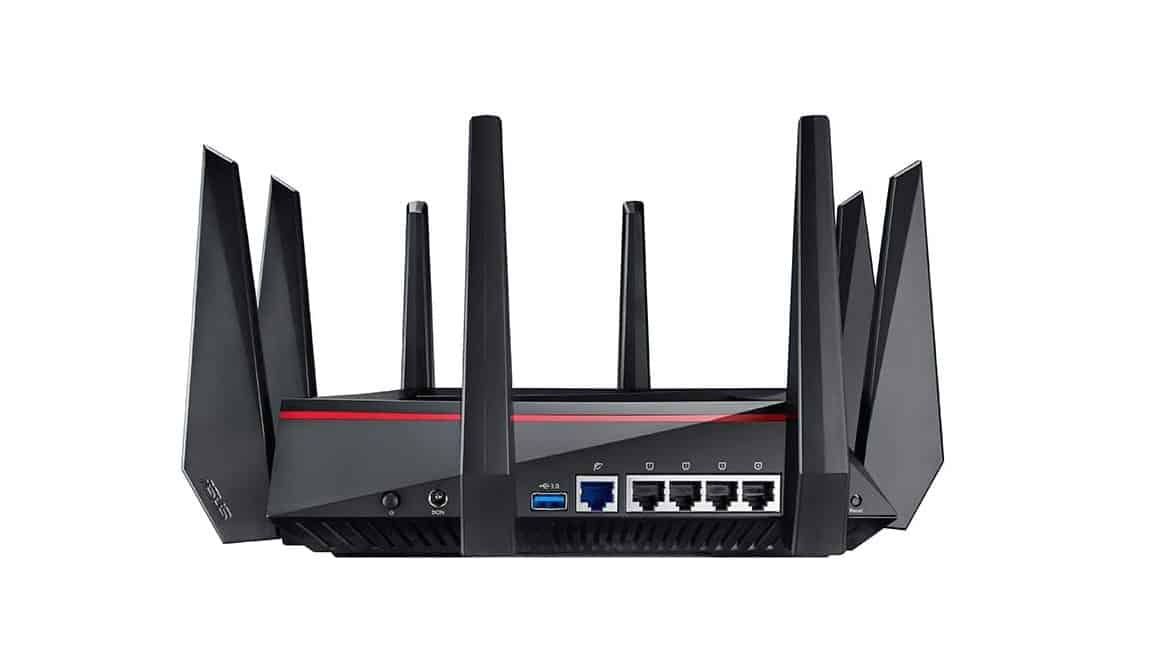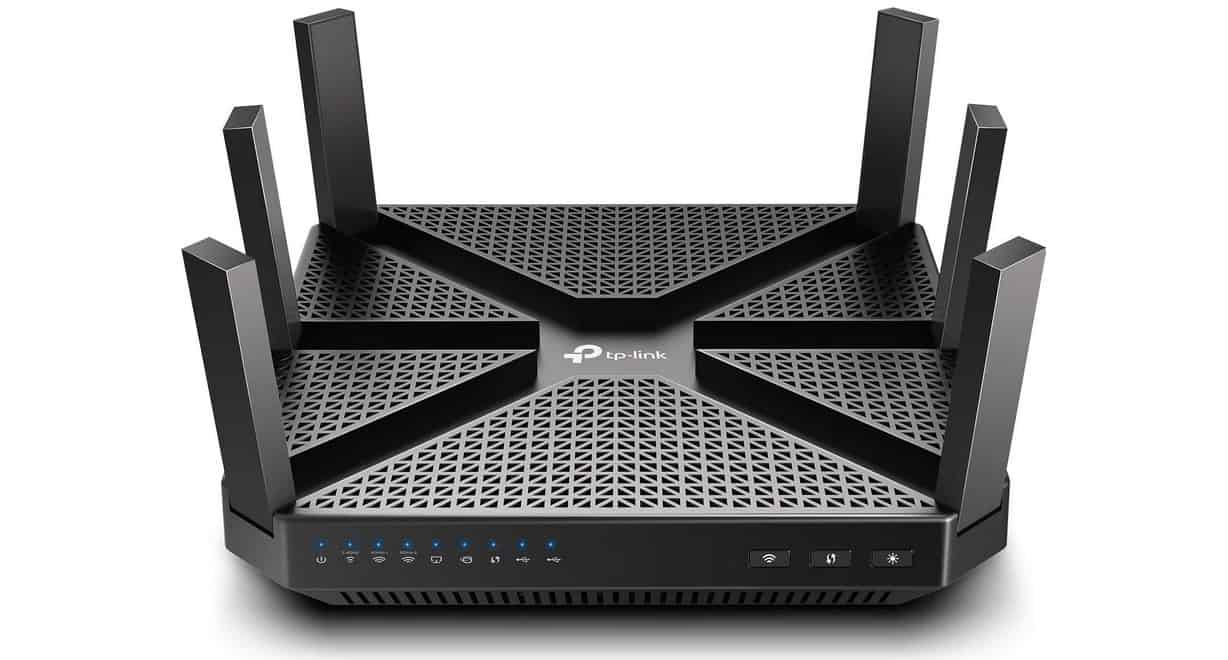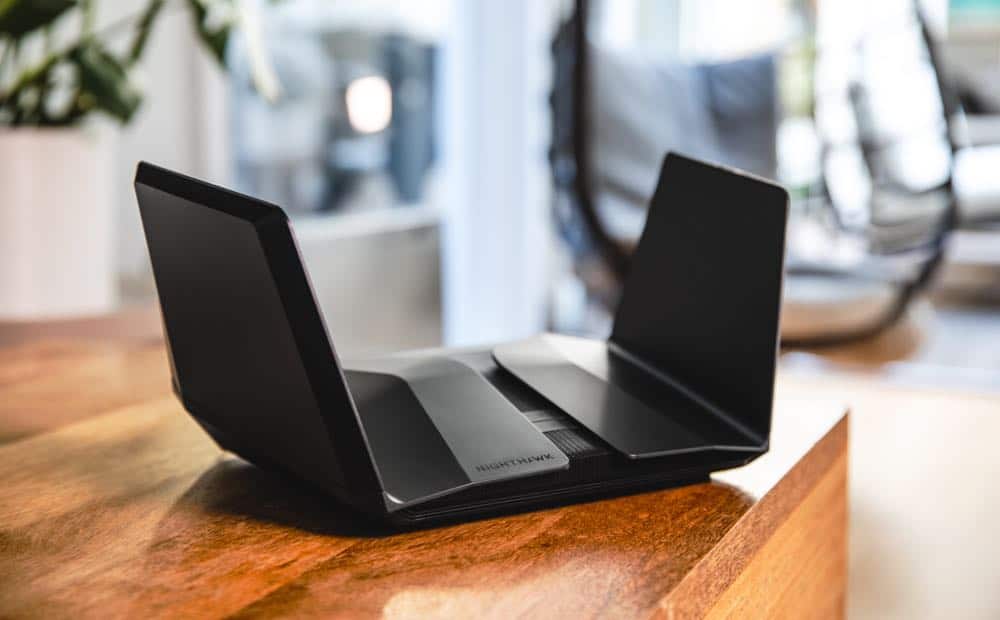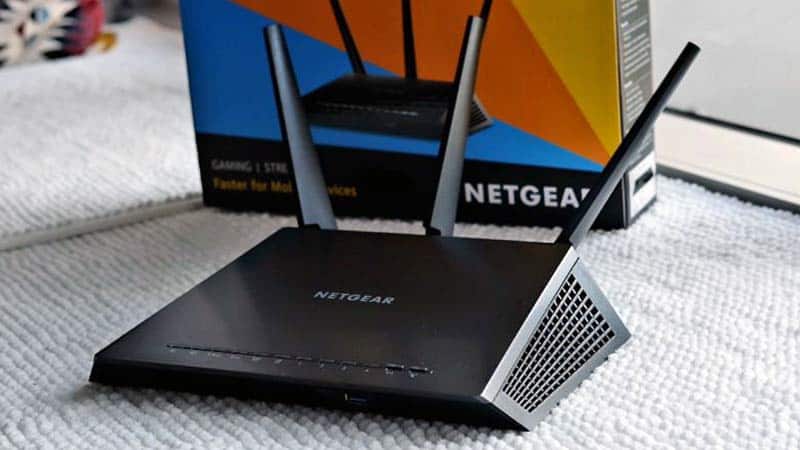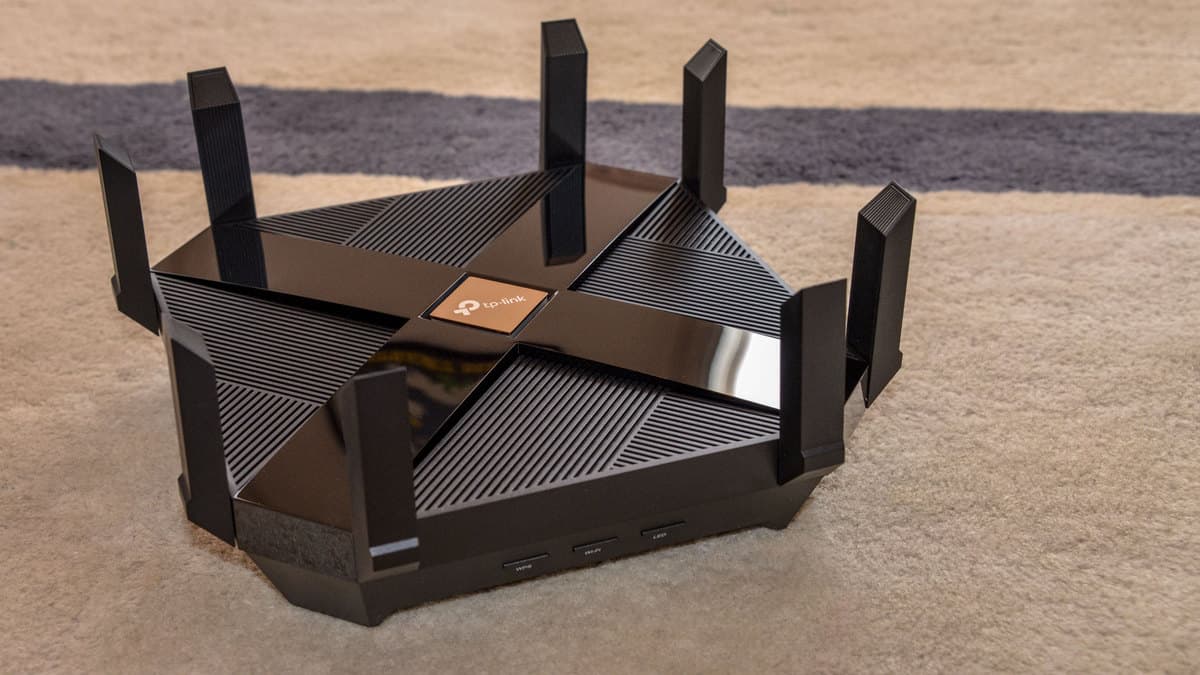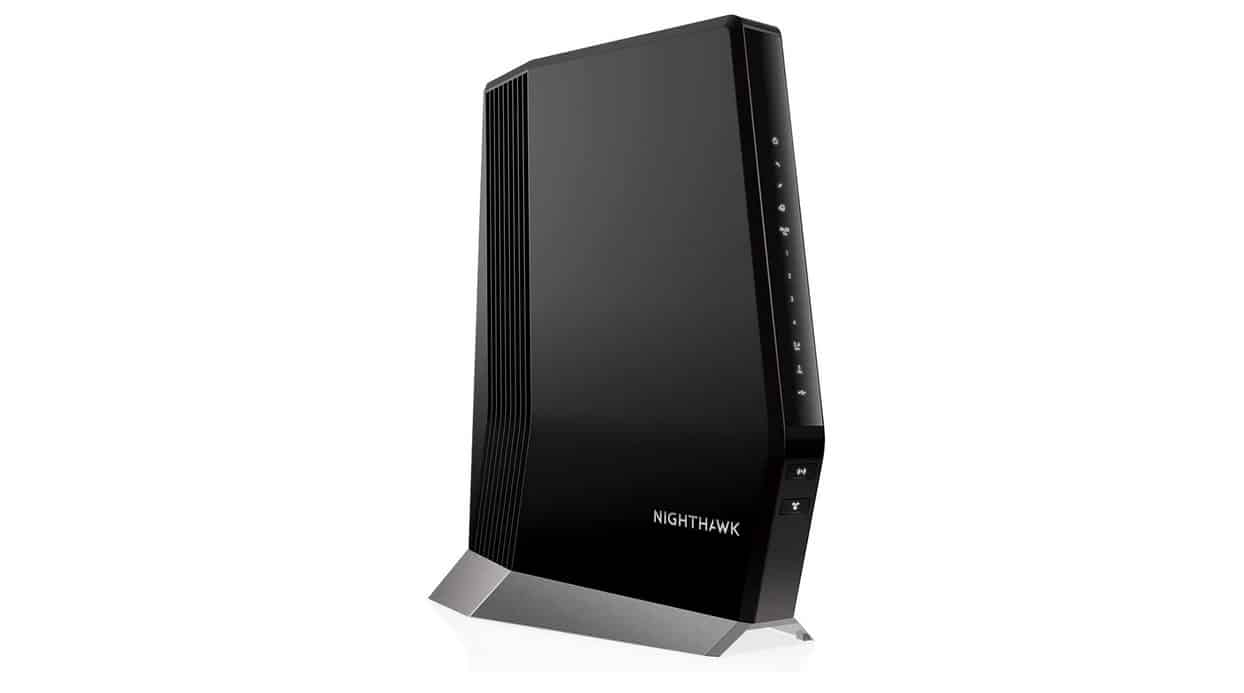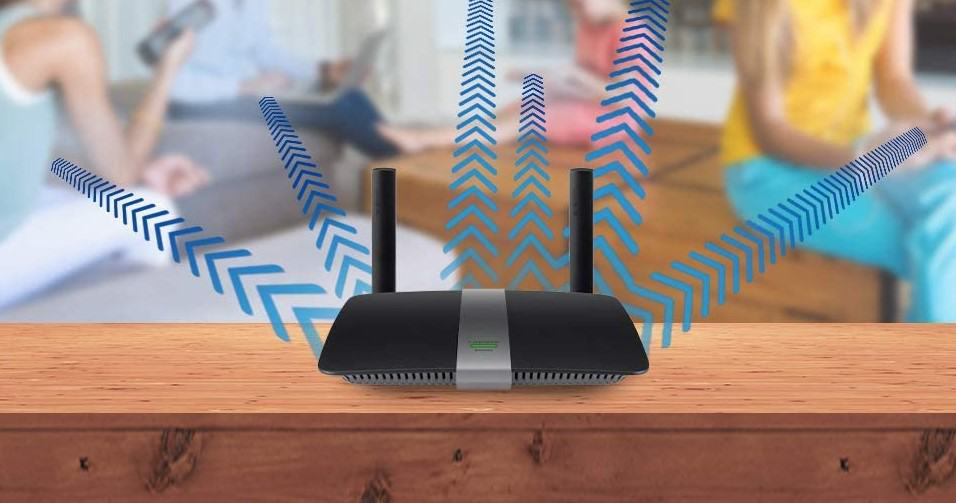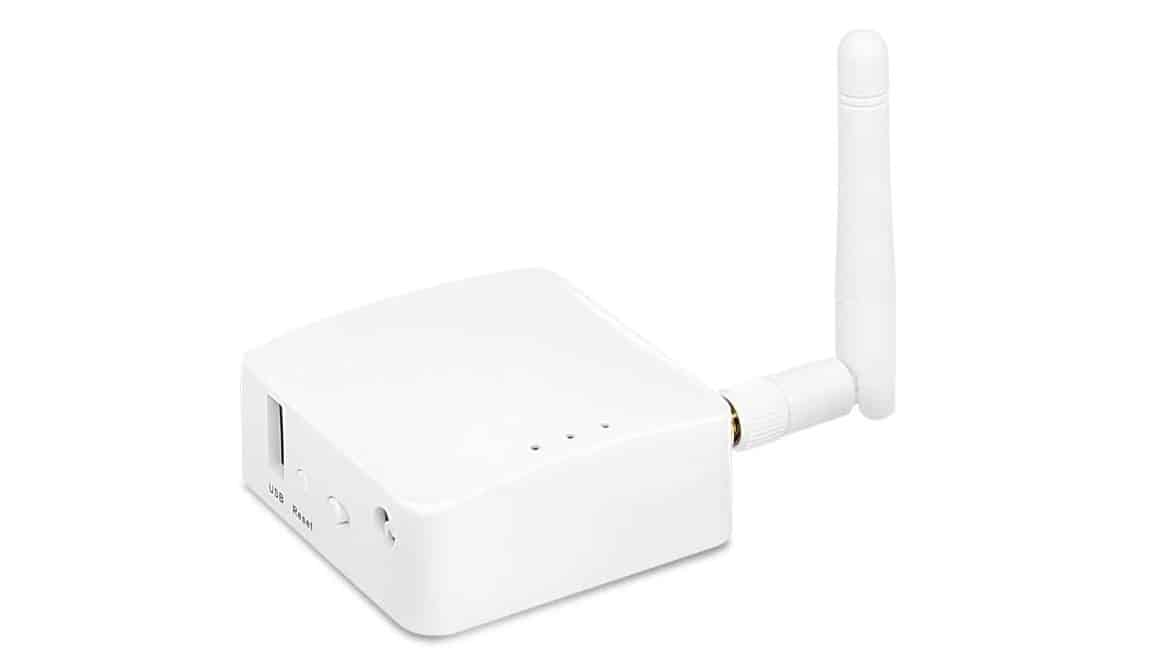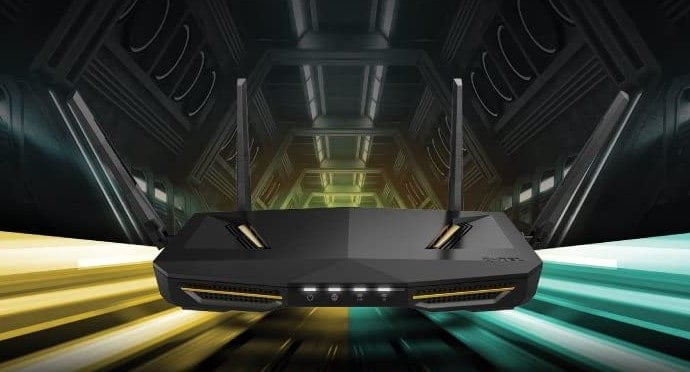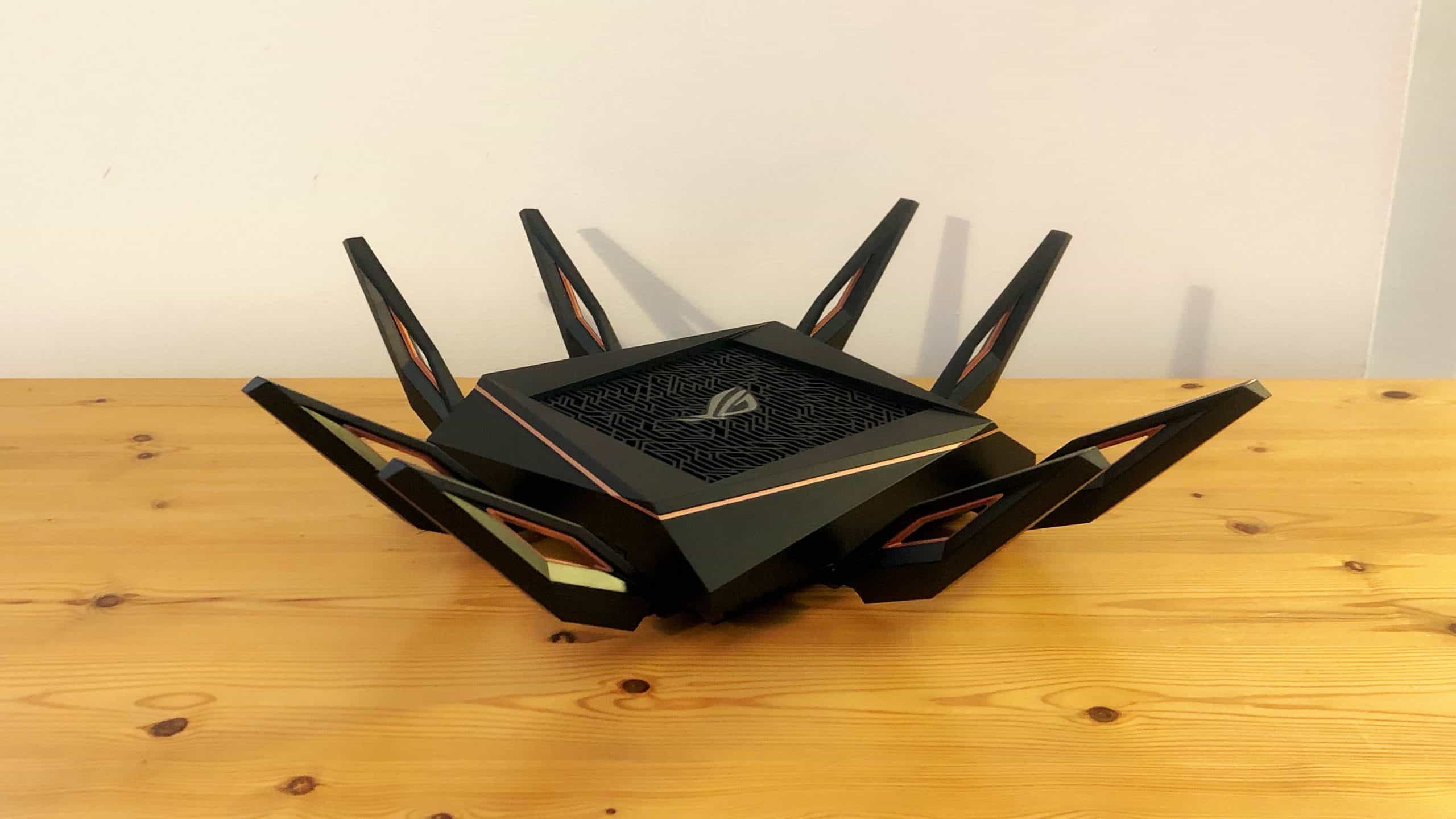If you are learning about wireless connection types, you may be comparing a bridge mode vs a router mode. The best routers, after all, tend to include plenty of options for customizations, particularly when it comes to how and what to connect with. Keep reading to learn all about these modes and when to use them.
KEY TAKEAWAYS:
- A router’s standard router mode is what consumers use to connect to the Internet. In other words, this is the mode a WiFi router uses by default.
- A router’s bridge mode, on the other hand, is used primarily for intra-network devices in the same local area network (LAN).
- Most modern routers include a network bridge of some kind, but the feature may be buried somewhere in the firmware. This holds especially true of a router combo.
Differences Between Bridge Mode and Router Mode
The primary difference here is that a single router’s bridge feature is used to connect devices within the same network, whereas a router mode is used to connect devices to the Internet at large. So, the differences will be in line with when you compare a network bridge vs a router. Consider bridge mode, essentially, a software version of a hardware device.
Insider Tip
If you are using bridge mode for a specific purpose, such as a LAN party, be sure to set the router back to router mode for standard web surfing.
Here are ways in which this essential difference between bridge and router modes shakes out.
WAN and LAN
Routers typically feature the ability to create a wide area network (WAN) connection and a local area network (LAN) connection. The former is an average Internet connection and the latter is primarily for intra-network connections. A router’s bridge mode specializes in local area network, aka LAN, connections, making this feature ideal for intra-network communication. If you are using a router in its standard mode, it is likely you are dealing with your average router mode. This holds true if you are surfing the Internet, streaming, or playing video games.
Difficulty
A router’s essential router mode is the main way it operates, right out of the box. In other words, simply connecting to the Internet is making use of the router mode. Bridge mode, on the other hand, demands more of an expert touch to successfully navigate. As a matter of fact, you may have to contact your Internet service provider (ISP) to find out how to even access this mode. A router’s bridge mode is typically buried somewhere within the firmware software.
Commercial Use
A router’s bridge mode is great for intra-network communication within networks that feature a whole bunch of devices vying for attention. In other words, this mode tends to get used in busy office environments, rather than for home use. The more complicated the wireless network setup, the higher the chance of finding a use for a dedicated network bridge device.
F.A.Q.S
Do Google Nest WiFi and Google WiFi support bridge mode?
Yes, but only if you are using a single WiFi device. If you are using a secondary router, it may not function properly and may disallow access to certain features, such as parental controls and the capacity to adjust link layers.
How do I bridge my modem/router combo device?
If you are dealing with ISP-supplied routers and any combo devices issued by an ISP, contact your provider directly for information as to how to access this mode.
What are the disadvantages of bridge mode?
A network bridge does not issue a public IP address, rather a MAC address, which could be an issue with a mesh Wi-Fi system, forcing you to brush up on advanced settings and port forwarding rules.
STAT: In computer networking, the process of Network Address Translation (NAT) involves re-writing the source and/or destination address of IP packets as they pass through a router. NAT allows multiple hosts on a private network to access the internet using a single public IP address. (source)
REFERENCES:
- https://kb.netgear.com/000028987/When-to-put-modem-into-bridge-mode
- https://www.geeksforgeeks.org/difference-between-bridge-and-router/
- https://www.xfinity.com/support/articles/wireless-gateway-enable-disable-bridge-moder
- https://openvpn.net/faq/what-are-the-fundamental-differences-between-bridging-and-routing-in-terms-of-configuration/
- https://www.tp-link.com/us/support/faq/2399/

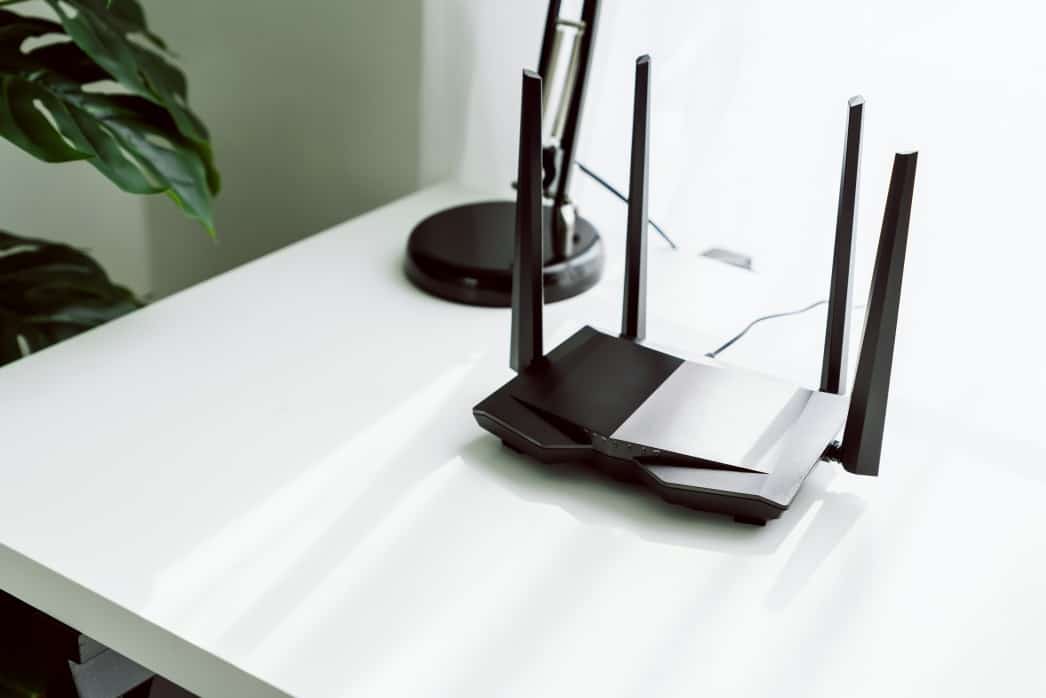














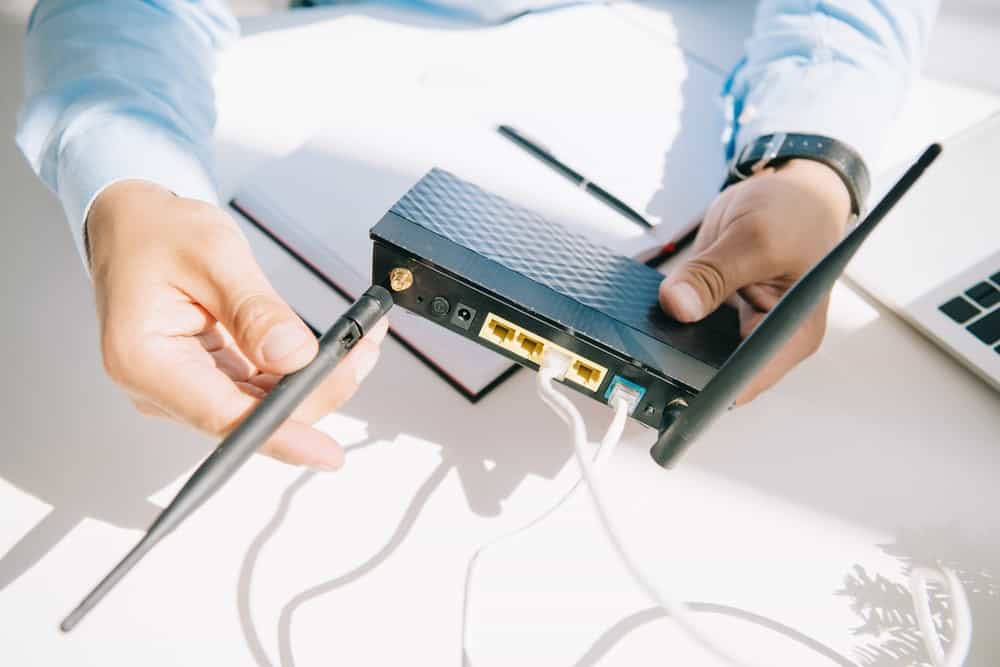



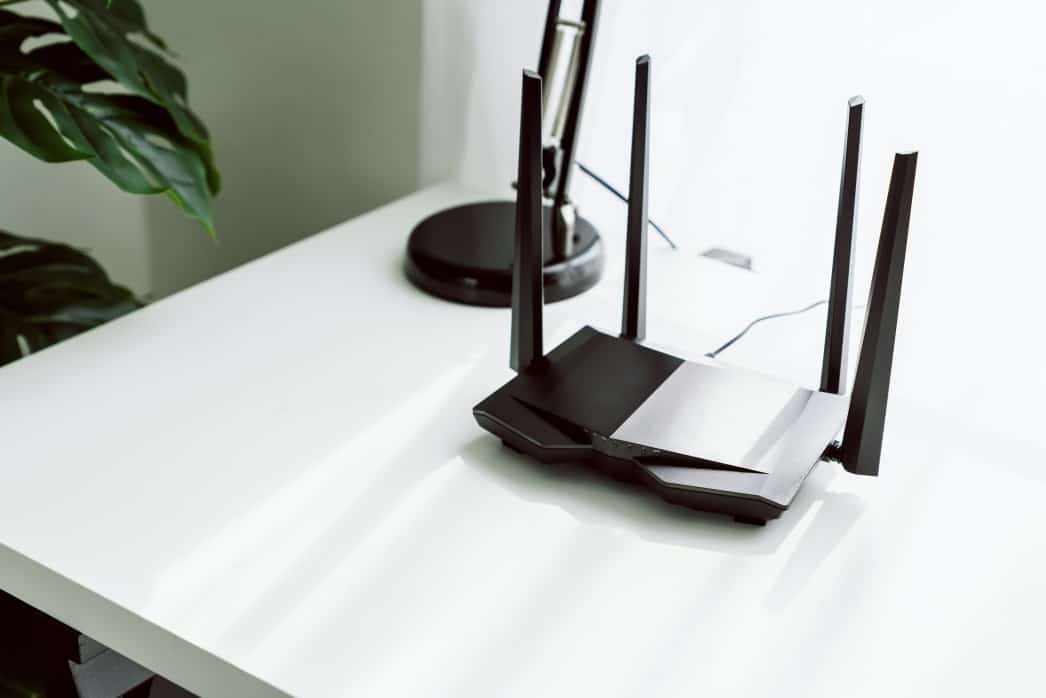
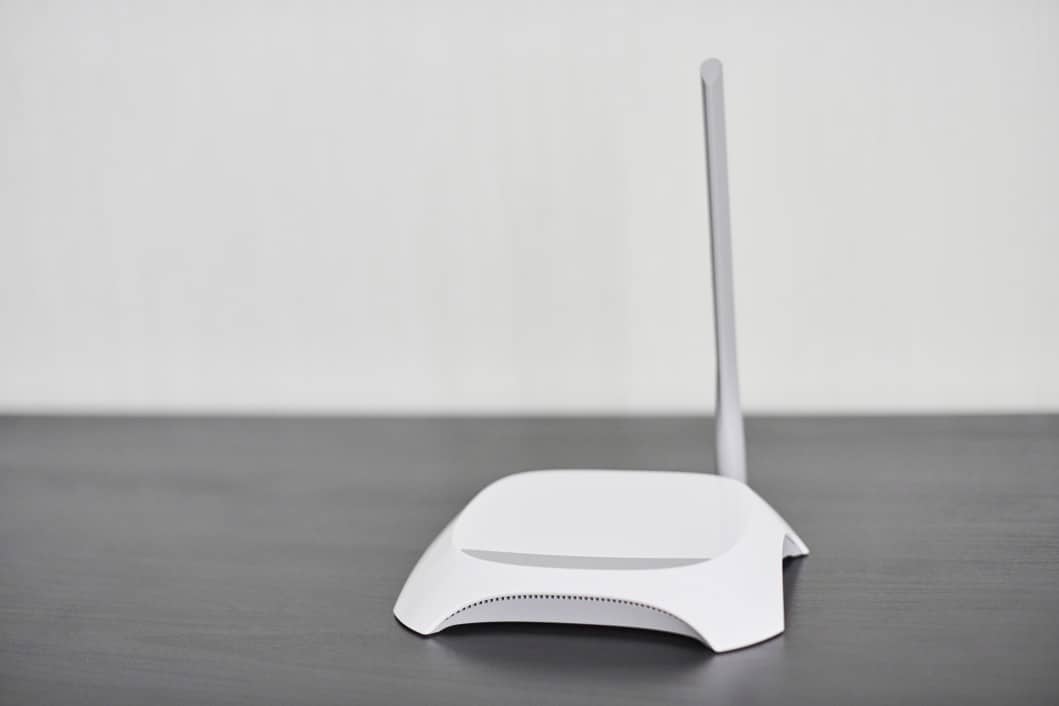
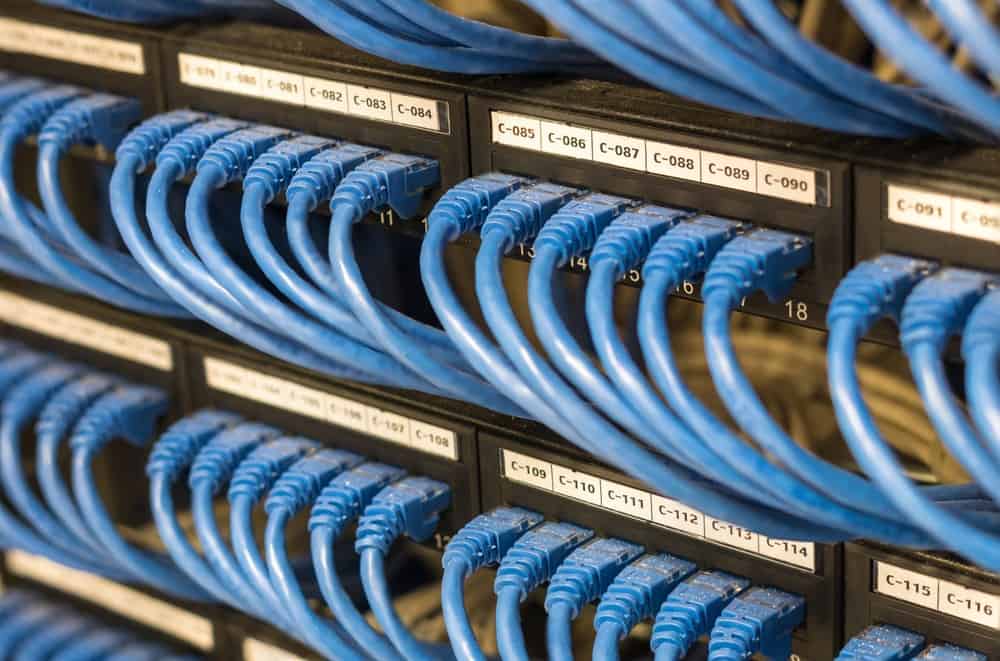
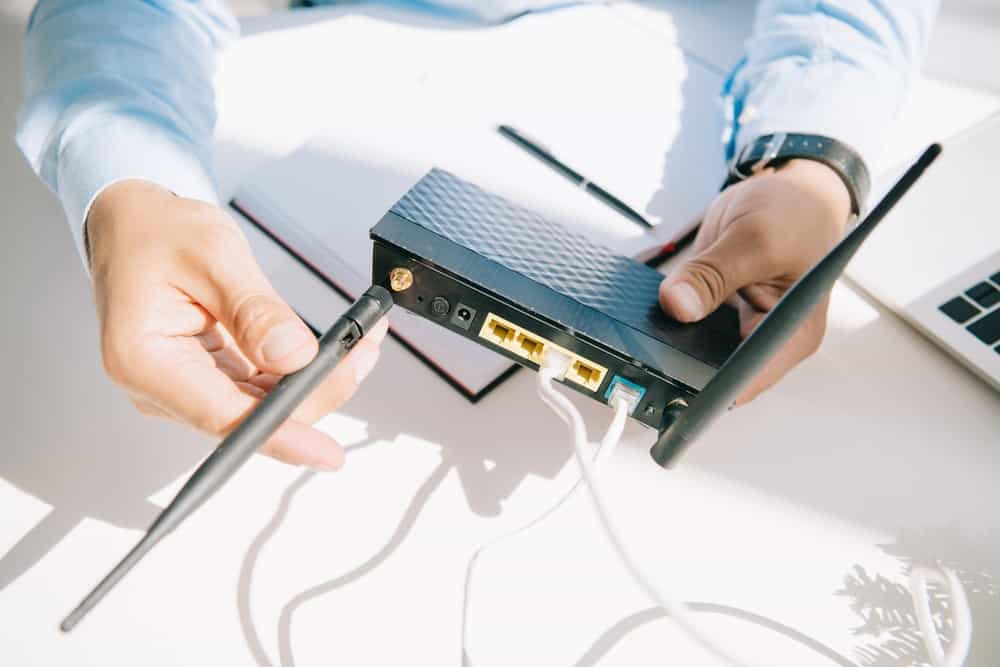

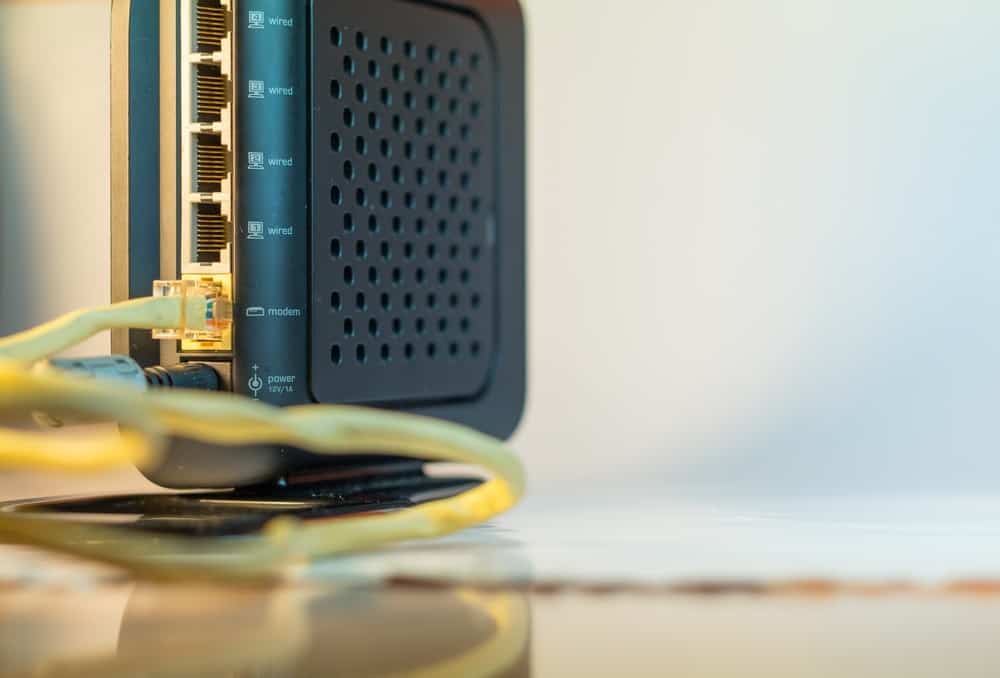

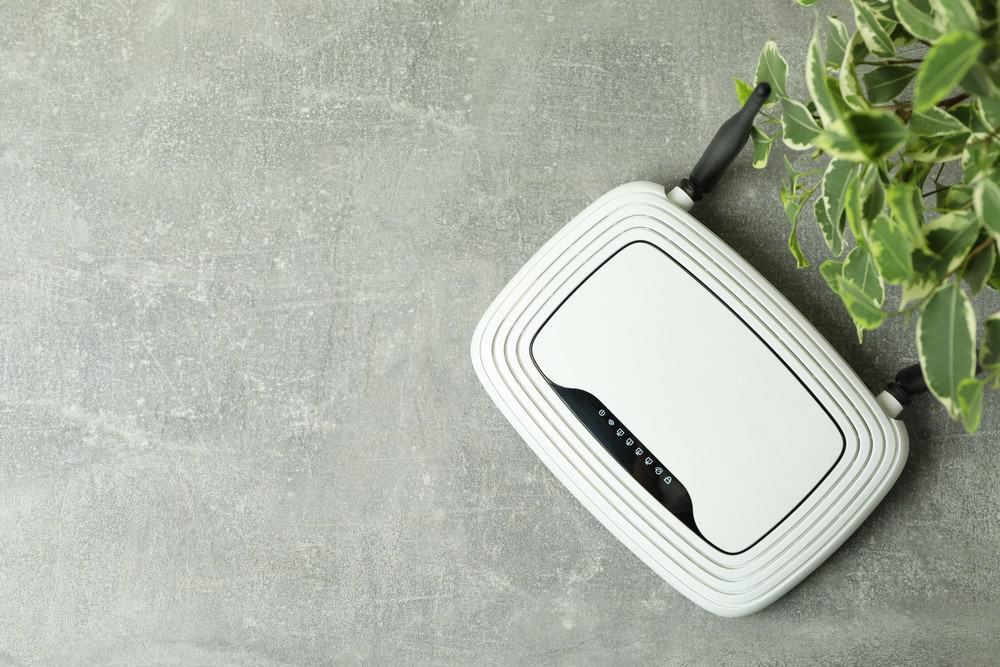
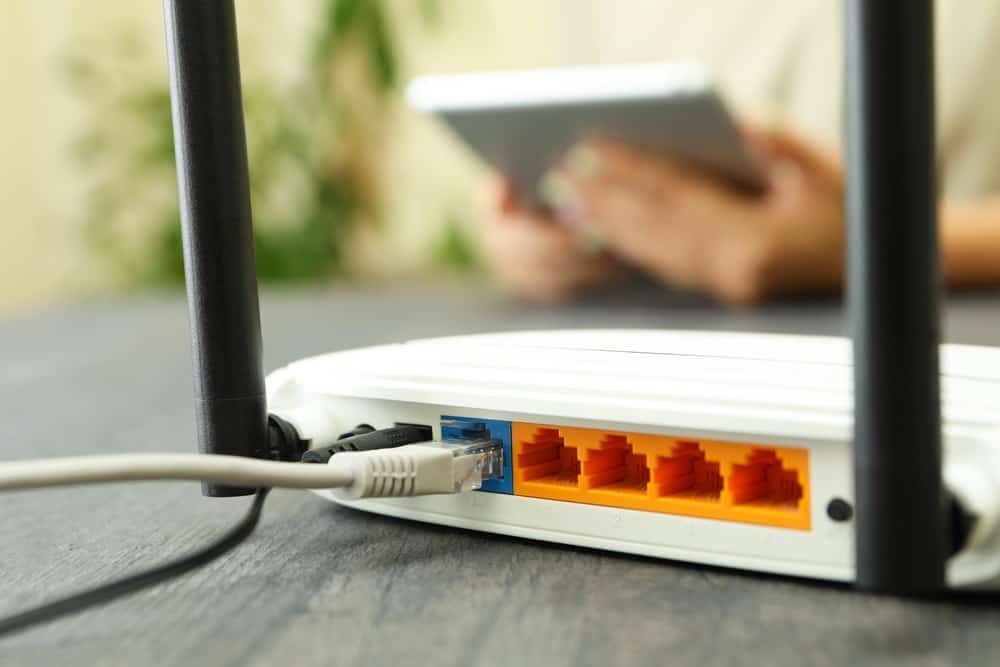
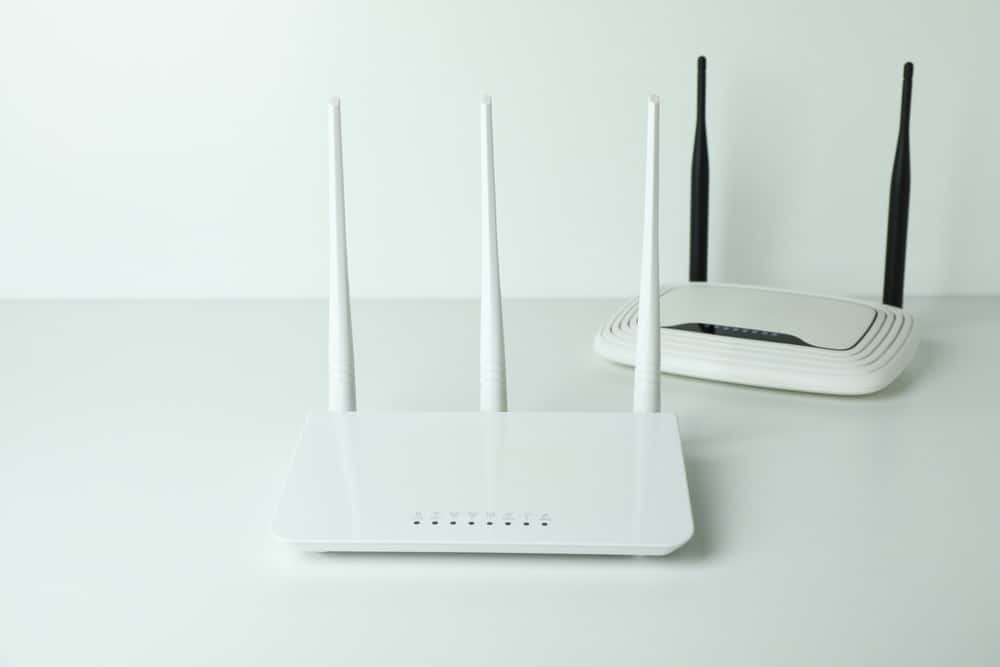
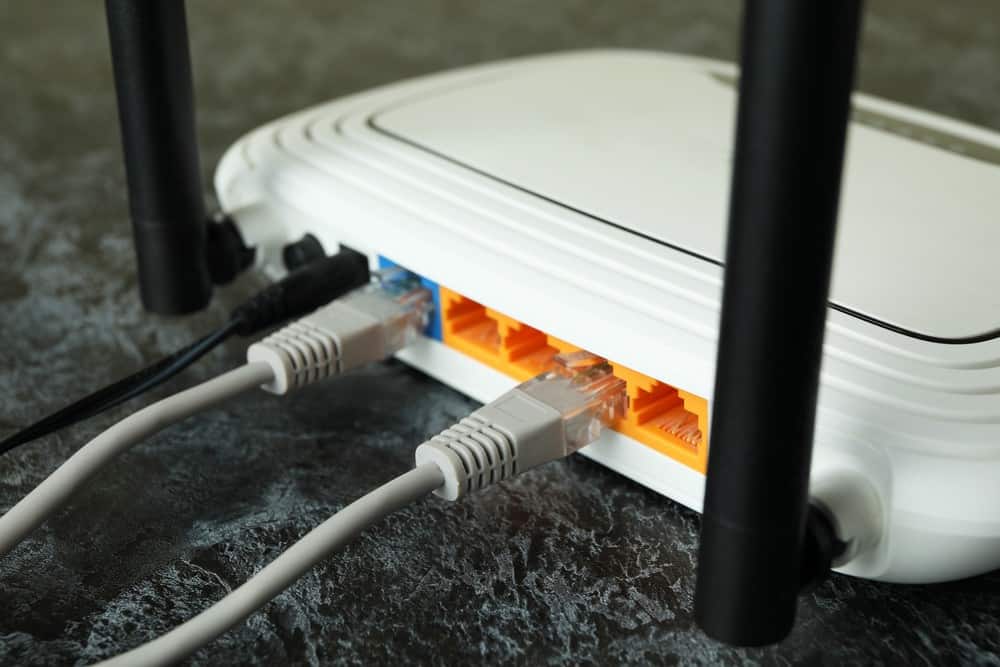
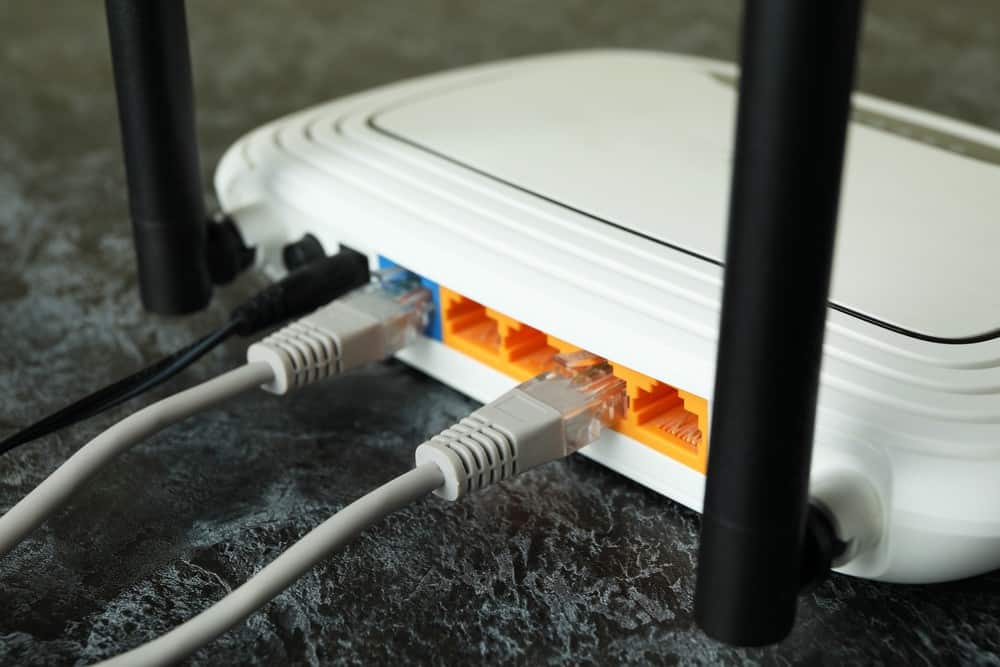
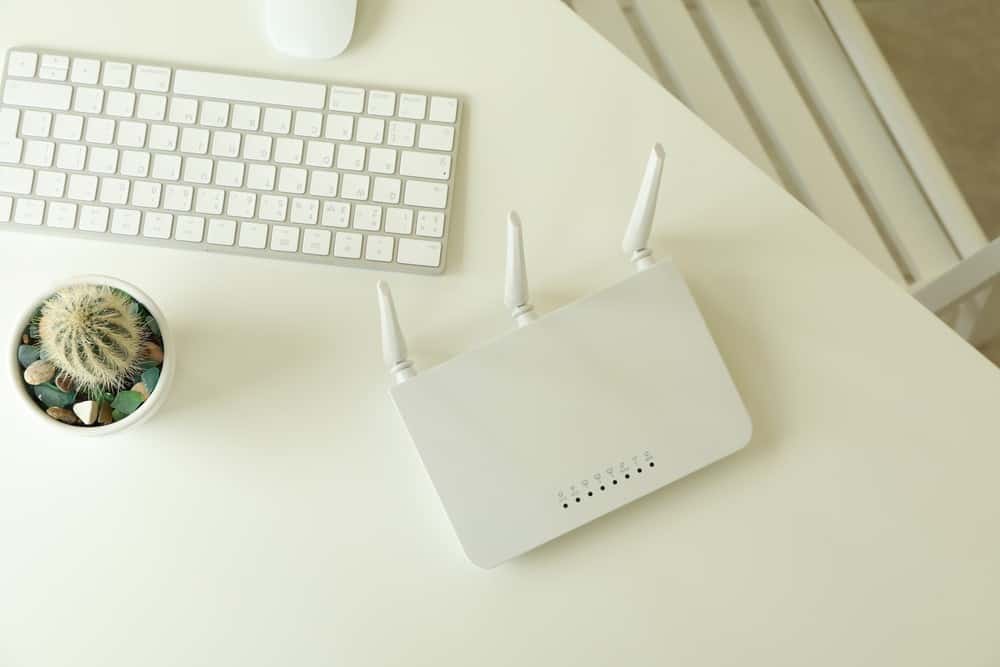

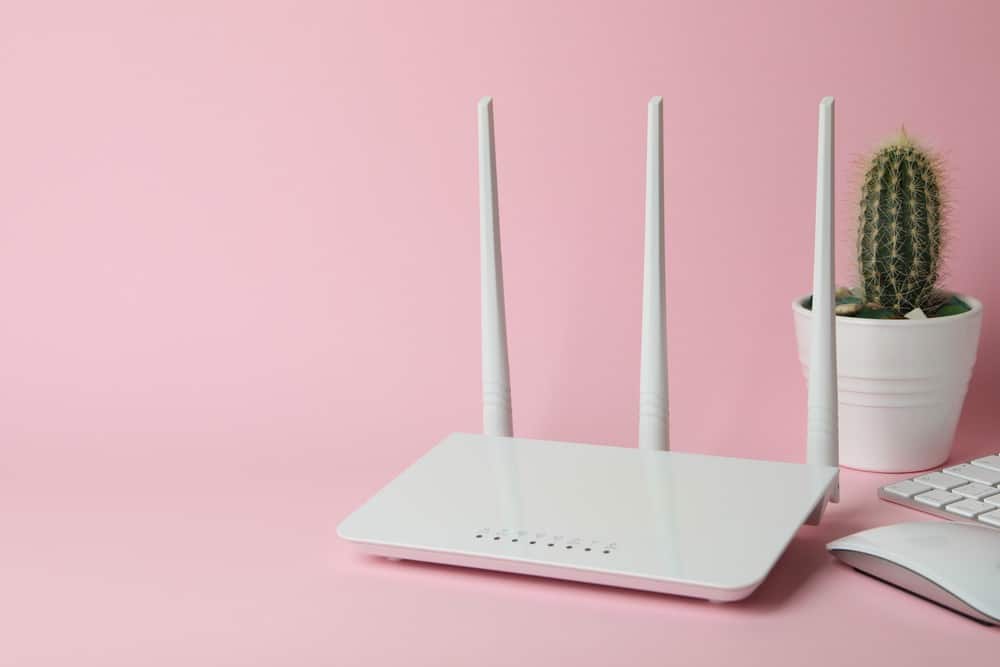
![Best BenQ Monitors in [year] 27 Best BenQ Monitors in 2025](https://www.gadgetreview.dev/wp-content/uploads/best-benq-monitor-image.jpg)
![Best Wifi Extenders For FiOS in [year] 28 Best Wifi Extenders For FiOS in 2025](https://www.gadgetreview.dev/wp-content/uploads/best-wifi-extender-for-fios-image.jpg)
![Best Fiber Optic Routers in [year] 29 Best Fiber Optic Routers in 2025](https://www.gadgetreview.dev/wp-content/uploads/best-fiber-optic-router-image.jpg)
![Best VoIP Routers in [year] 30 Best VoIP Routers in 2025](https://www.gadgetreview.dev/wp-content/uploads/best-voip-router-image.jpg)
![Best Routers for 200Mbps in [year] 31 Best Routers for 200Mbps in 2025](https://www.gadgetreview.dev/wp-content/uploads/best-router-for-200mbps-image.jpg)
![Best Routers for Optimum in [year] 32 Best Routers for Optimum in 2025](https://www.gadgetreview.dev/wp-content/uploads/best-router-for-optimum-image.jpg)
![Best Routers for Apple in [year] 33 Best Routers for Apple in 2025](https://www.gadgetreview.dev/wp-content/uploads/best-router-for-apple-image.jpg)
![Best Routers for Frontier FIOS in [year] 34 Best Routers for Frontier FIOS in 2025](https://www.gadgetreview.dev/wp-content/uploads/best-router-for-frontier-fios-image.jpg)
![Best Secure Routers in [year] 35 Best Secure Routers in 2025](https://www.gadgetreview.dev/wp-content/uploads/best-secure-router-image.jpg)
![Best Routers for Google Fiber in [year] 36 Best Routers for Google Fiber in 2025](https://www.gadgetreview.dev/wp-content/uploads/best-router-for-google-fiber-image.jpg)
![Best Routers for Cox in [year] 37 Best Routers for Cox in 2025](https://www.gadgetreview.dev/wp-content/uploads/best-router-for-cox-image.jpg)
![Best Asus Routers in [year] 38 Best Asus Routers in 2025](https://www.gadgetreview.dev/wp-content/uploads/best-asus-routers-image.jpg)
![Best Linksys Routers in [year] 39 Best Linksys Routers in 2025](https://www.gadgetreview.dev/wp-content/uploads/best-linksys-routers-image.jpg)
![Best Routers for CenturyLink in [year] 40 Best Routers for CenturyLink in 2025](https://www.gadgetreview.dev/wp-content/uploads/best-router-for-centurylink-image.jpg)
![Best WiFi Routers for Multiple Devices in [year] 41 Best WiFi Routers for Multiple Devices in 2025](https://www.gadgetreview.dev/wp-content/uploads/best-wifi-router-for-multiple-devices-image.jpg)
![Best Wired Routers in [year] 42 Best Wired Routers in 2025](https://www.gadgetreview.dev/wp-content/uploads/best-wired-router-image.jpg)
![Best Routers for 4K Streaming in [year] 43 Best Routers for 4K Streaming in 2025](https://www.gadgetreview.dev/wp-content/uploads/best-router-for-4k-streaming-image.jpg)
![Best Cisco Routers in [year] 44 Best Cisco Routers in 2025](https://www.gadgetreview.dev/wp-content/uploads/best-cisco-routers-image.jpg)
![Best eero Routers in [year] 45 Best eero Routers in 2025](https://www.gadgetreview.dev/wp-content/uploads/best-eero-routers-image.jpg)






